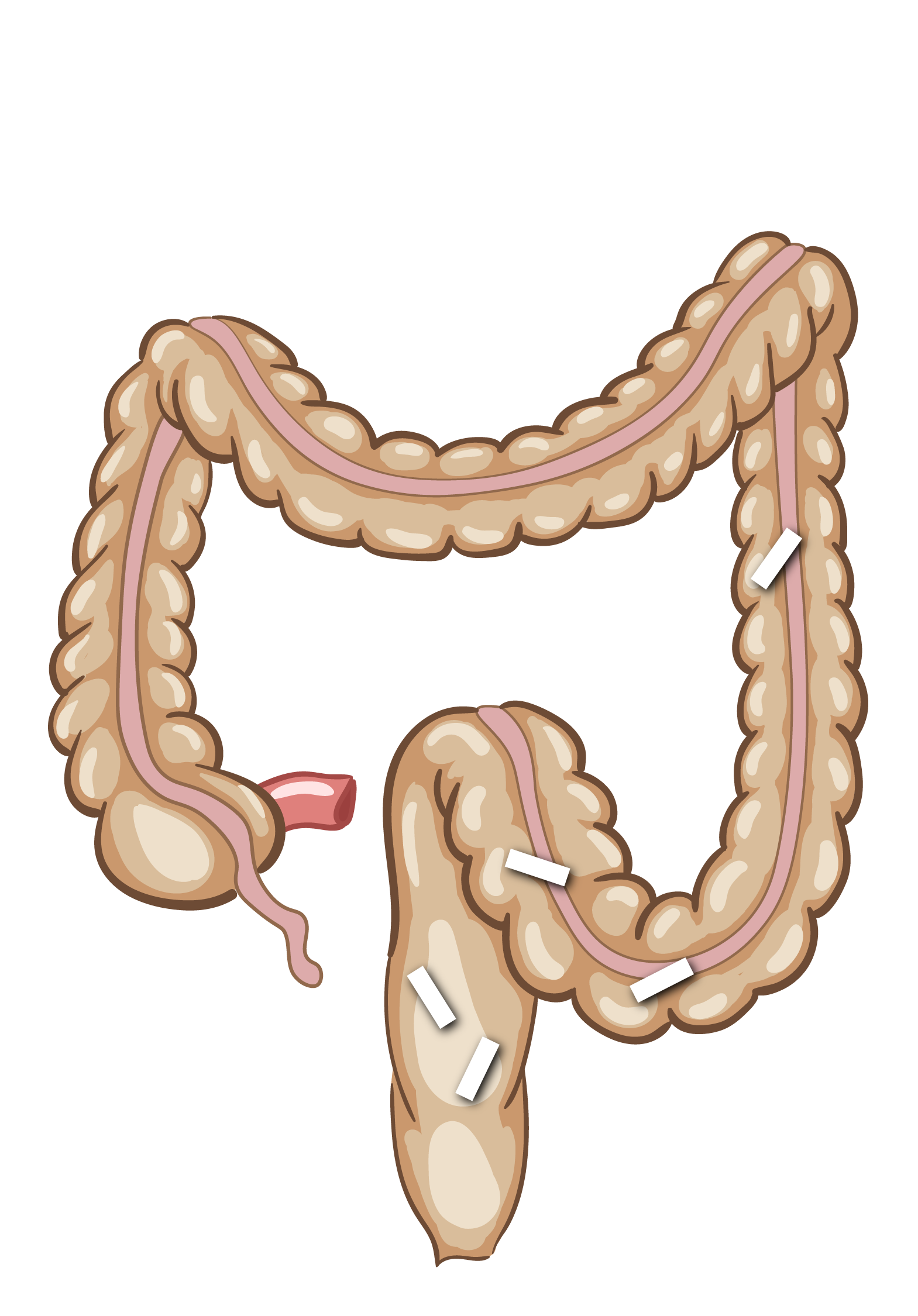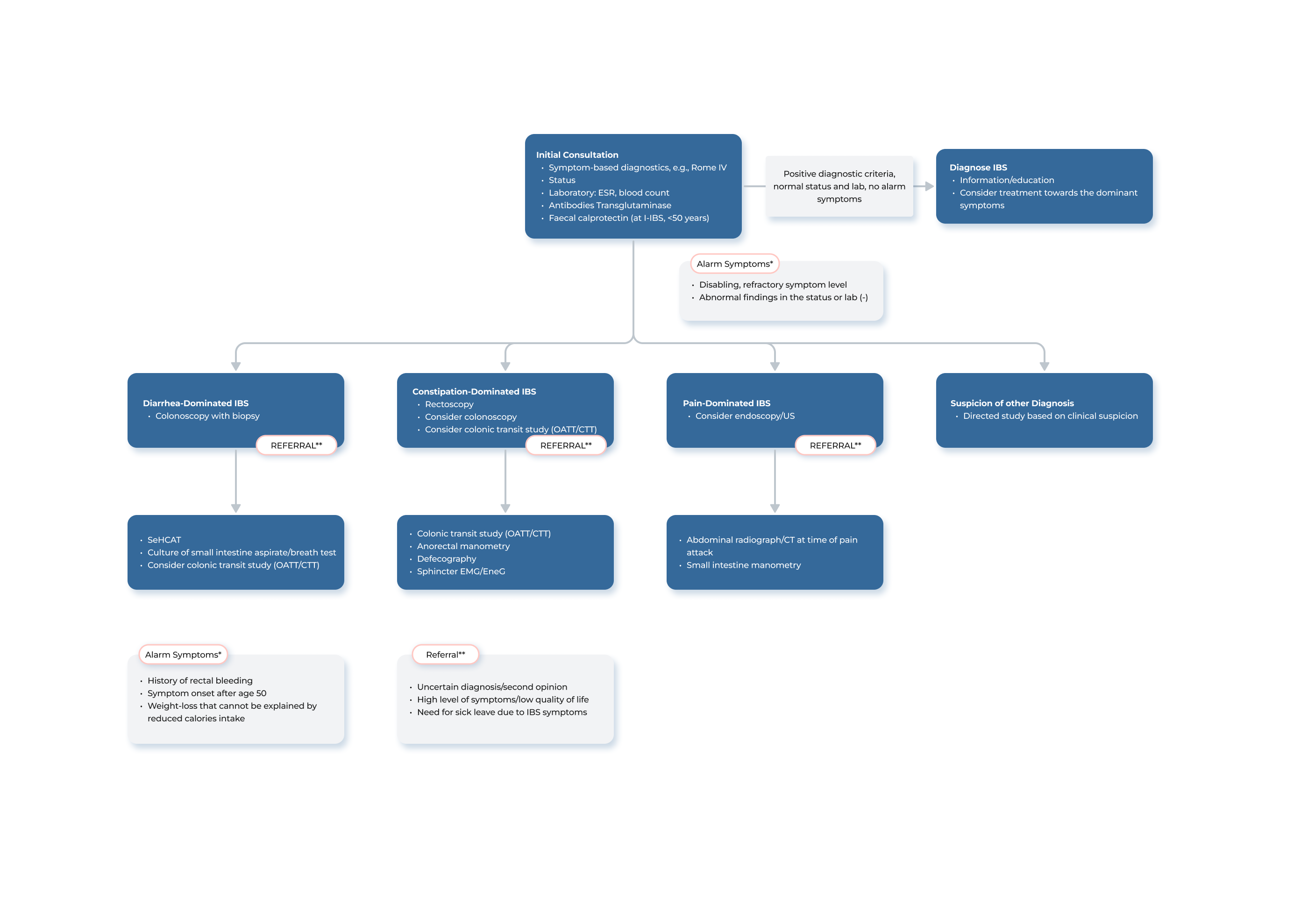Profissionais de Saúde
Estamos orgulhosos em oferecer marcadores radiopacos Transit-Pellets que são projetados para melhorar a avaliação e tratamento de distúrbios de motilidade como constipação, diarreia e síndrome do intestino irritável (IBS). Nossos marcadores são fabricados de acordo com o Transit-Pellets method. Além disso, fornecemos um relatório padronizado de teste de tempo de trânsito colônico online que é projetado para médicos e radiologistas tratantes.
Método validado e marcadores seguros de trânsito do cólon para a avaliação quantitativa do trânsito do cólon geral e regional
O método Transit-Pellets e os Transit-Pellets marcadores radiopacos (radiopaque markers) podem ser utilizados para:
- Permite medir o trânsito cólico rápido, normal e lenot
- Diferenciar entre obstipação de trânsito lento e de trânsito normal
- Identificar disfunção segmentar do cólon em doentes com obstipação
- Diferenciar entre diarreia de trânsito normal e de trânsito rápido
- Identificar efeitos do tratamento em doentes com obstipação crónica
Um teste do trânsito do cólon com o Transit-Pellets method, anteriormente conhecido como método Abrahamsson, e os Transit-Pellets marcadores radiopacos podem quantificar a gravidade dos problemas do trânsito intestinal. O teste pode ser importante para determinar a necessidade de outros procedimentos de exame, selecionar a terapia apropriada e prever o prognóstico a longo prazo. Os resultados do teste podem ser utilizados para orientar a tomada de decisão nessas áreas.
Pode encontrar referências na secção VALIDATED METHOD.
Ilustração do movimento do marcadores Transit-Pellets

Questions?
Contact Us. We’re here to help!
Diana Nyström
+46 (0) 8-460 072 06
diana.nystrom@medifactia.com






